A recent study shows the true cost of the California wildfires, in both lives and dollars.
Too Many Lives Lost

Image Credit: Shutterstock / gpointstudio
Approximately 55,000 people have lost their lives during the past decade due to wildfires raging across California, according to recent figures.
UCLA Study

Image Credit: Shutterstock / Studio Romantic
According to a UCLA study published in Science Advances, this has also cost the state between $432 to $456 billion in treatment. But while fleeing the flames is a wise choice, those billowing clouds of dark smoke bring their own health risks.
More Dangerous Than Fire?
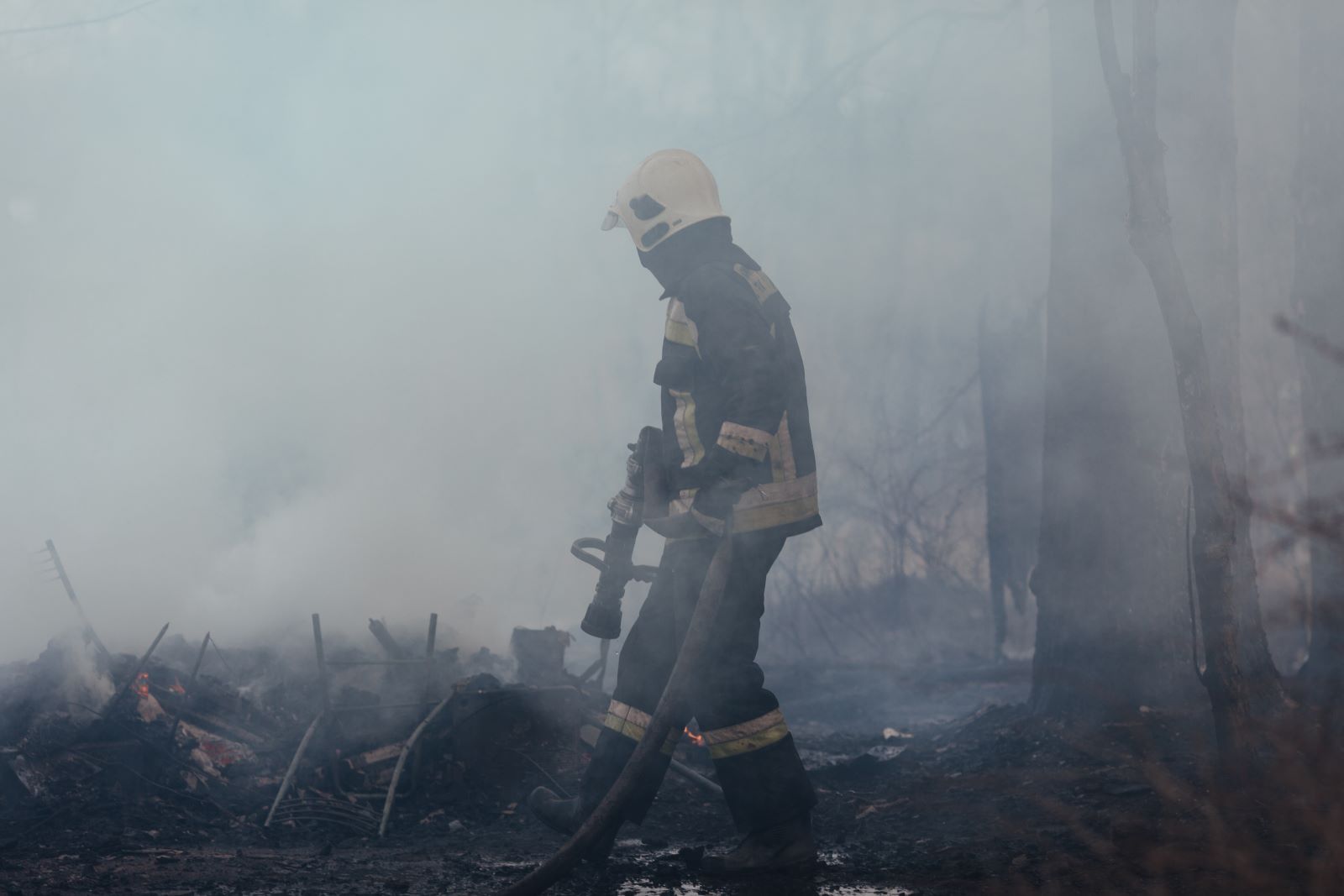
Image Credit: Shutterstock / Vasilii Aleksandrov
Rachel Connoly, lead author of the study, claims that “Wildfires account for a greater mortality and economic burden than indicated by earlier studies.”
Furthermore, she states that “particulate matter from wildfire smoke is more harmful to human health than particulate matter from other pollution sources.”
What’s In the Smoke?
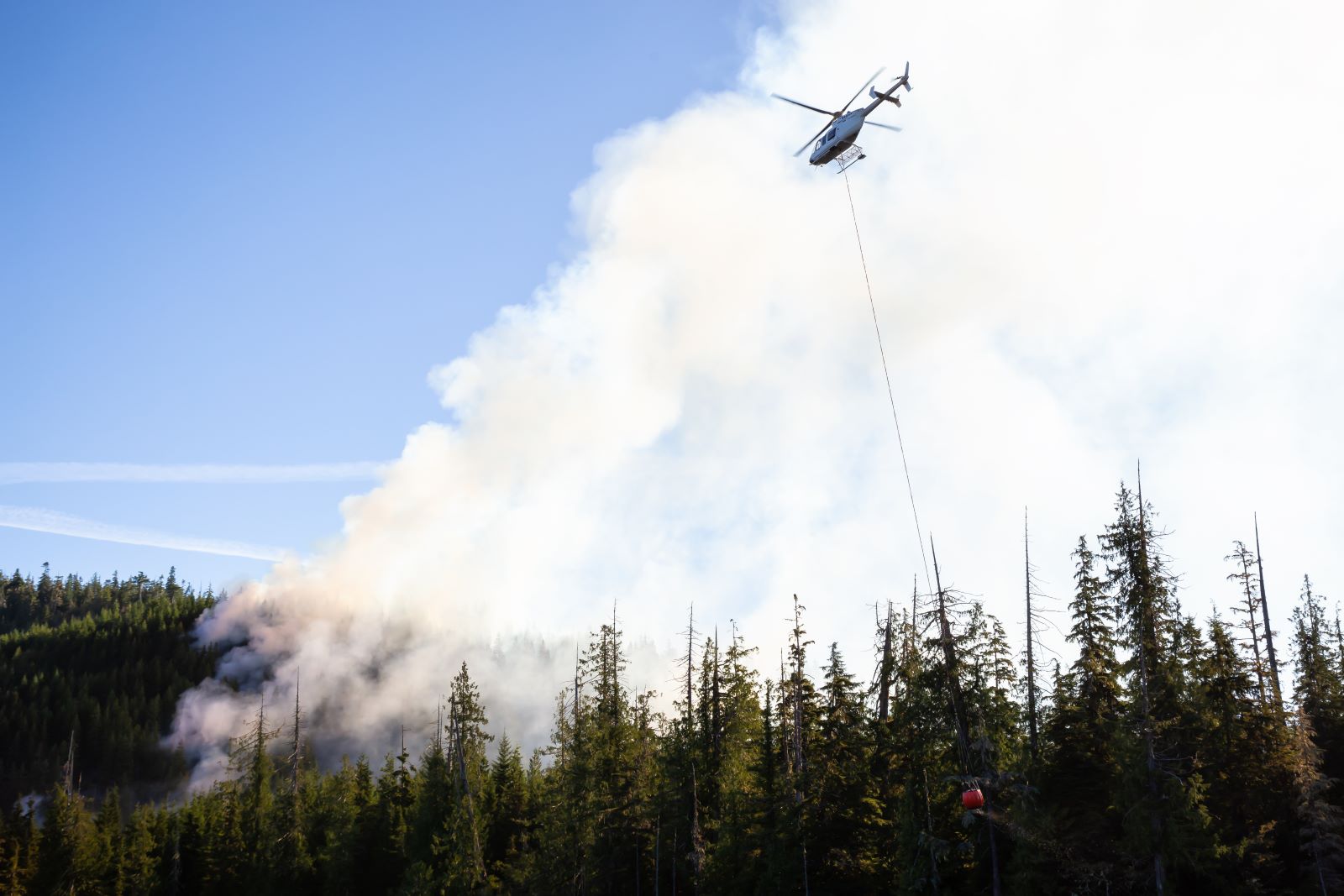
Image Credit: Shutterstock / EB Adventure Photography
Among other elements, you will find carbon monoxide, nitrogen oxides, and hydrocarbons inside smoke – all of which can cause serious health issues if breathed in.
Lethal Particles
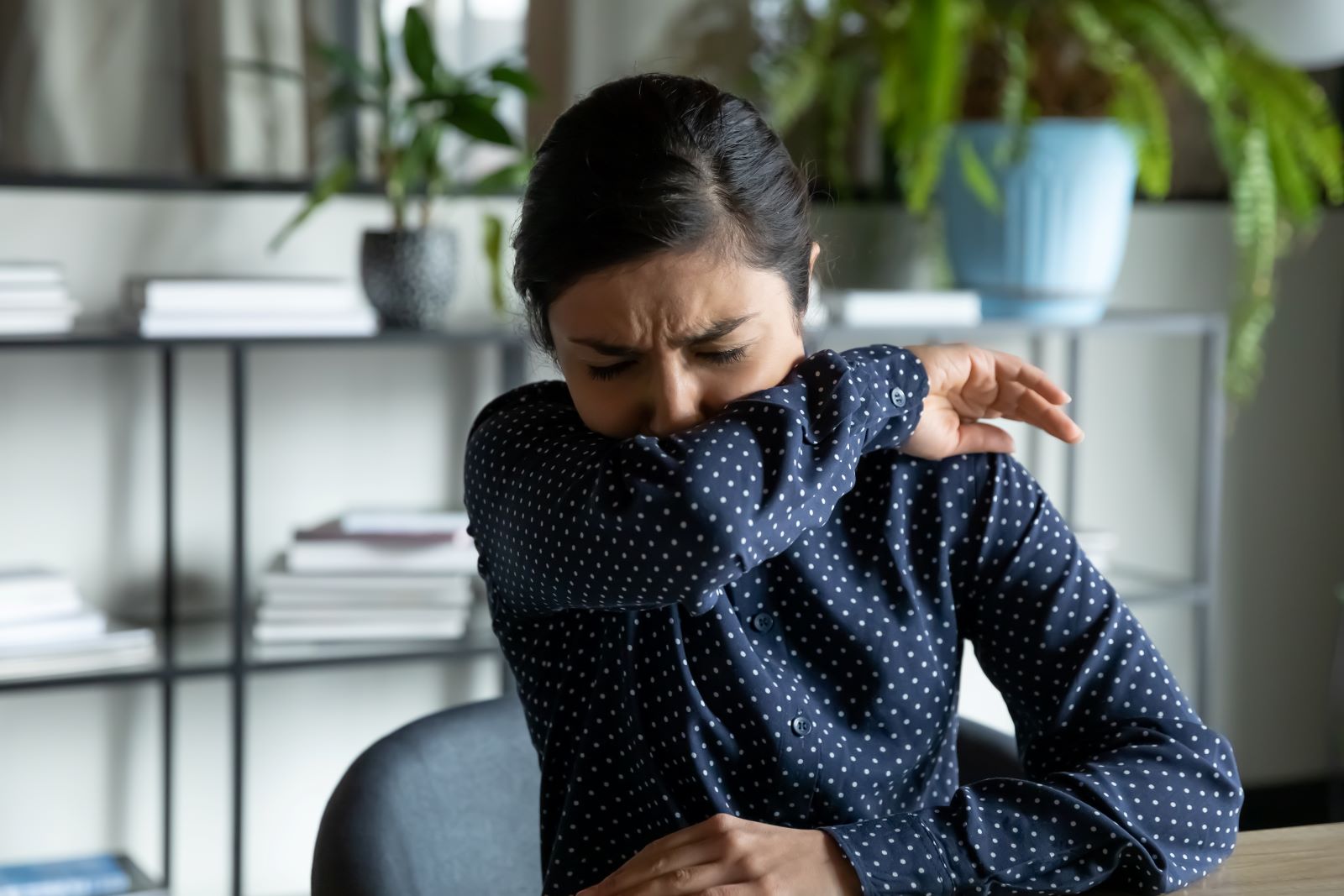
Image Credit: Shutterstock / fizkes
The particles that make up the smoke can be grouped according to three size categories: coarse, fine, and ultrafine.
Particles classified as “fine” have a size of 2.5 microns in diameter or smaller. That is about one-thirtieth of a single strain of human hair! Known as PM2.5, these are small enough to travel into the lungs and can lead to an array of health issues (like heart disease) if an unhealthy amount is inhaled.
What Is Particle Pollution?
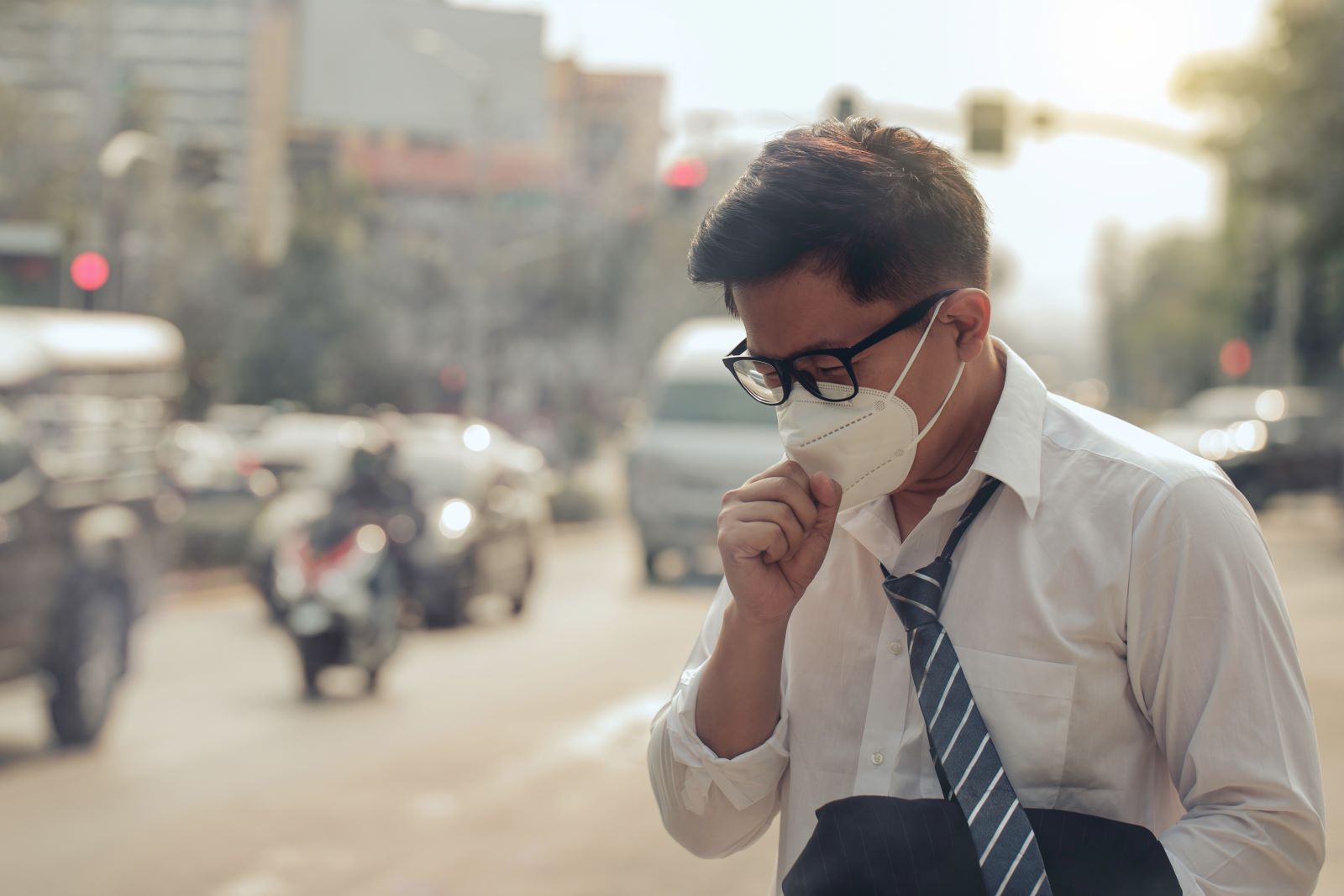
Image Credit: Shutterstock / chayanuphol
‘Particle pollution’ denotes a mixture of very small solid and liquid particles in the air that we breathe. Although too tiny to see with the naked eye, they cause the air to become thick and hazy once they increase in numbers, effectively darkening the sunlight as seen with wildfires.
Who’s More at Risk?

Image Credit: Shutterstock / Dmitry Kalinovsky
Although most healthy adults can recover from smoke exposure, it poses a much bigger risk for certain individuals, such as young children whose lungs are still developing.
Pregnant Women, Take Care

Image Credit: Shutterstock / Andrey_Popov
Pregnant women should take extra precautions to protect themselves and their unborn babies against wildfires and pollutant smoke.
The Elderly

Image Credit: Shutterstock / PeopleImages.com – Yuri A (Elderly)
Older people are also at high risk for wildfire smoke due to the surge in pre-existing heart- and lung disease among the elderly.
Those With Chronic Conditions

Image Credit: Shutterstock / PeopleImages.com – Yuri A
Respiratory illnesses (like emphysema, asthma, chronic bronchitis, etc.) and those suffering from heart/circulatory diseases (like heart failure, high blood pressure, diabetes, chronic kidney disease etc.) are also more at risk for serious health problems.
How to Protect Yourself: Get Indoors

Image Credit: Shutterstock / SynthEx
Once you notice smoke in the air, the first and best thing to do is to limit your and your family’s exposure to it. Retreat indoors to cleaner air where there’s less of a chance of inhaling particle pollutants such as smoke and ashes. And keep those windows and doors closed.
Keep the Interiors Clean
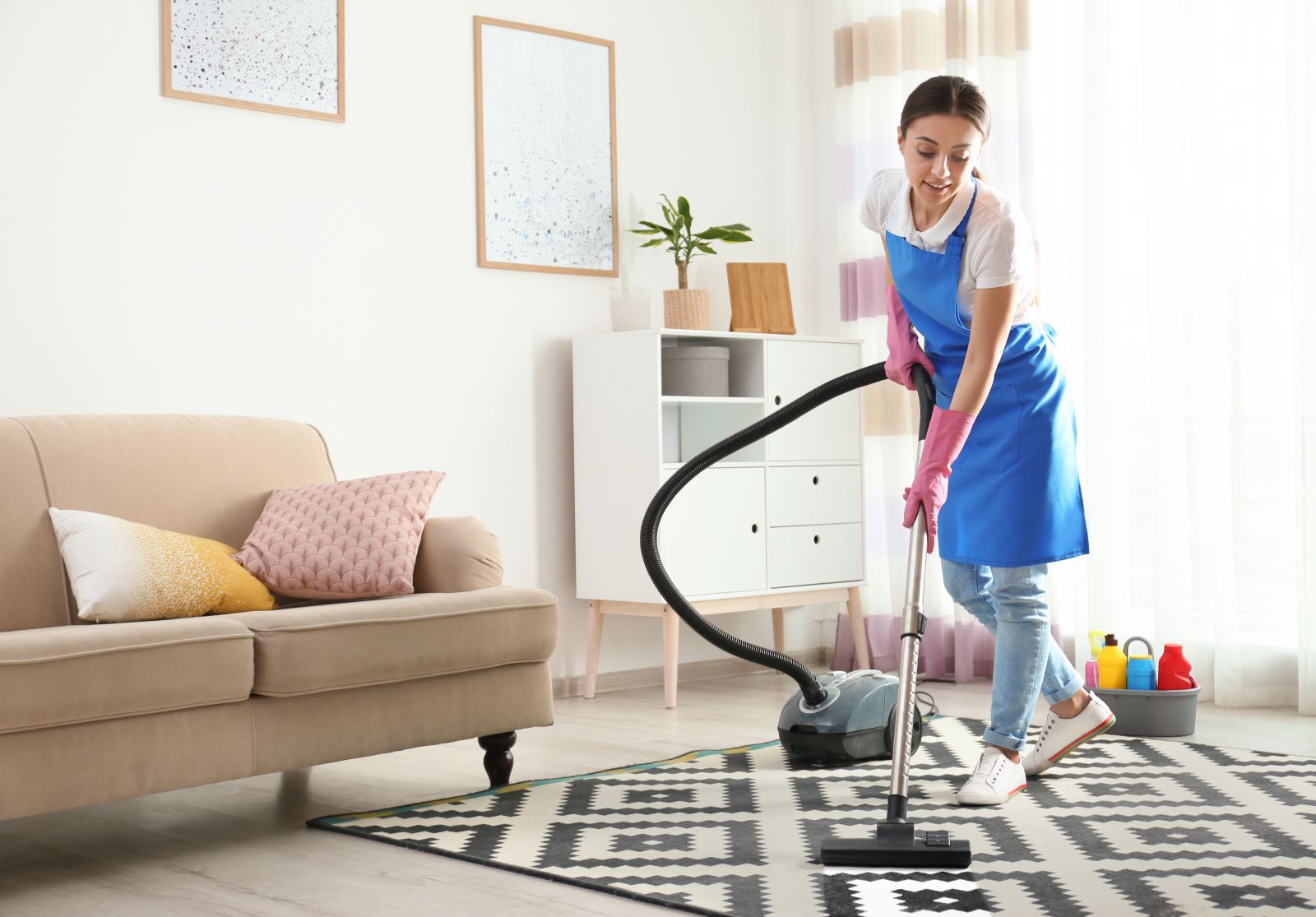
Image Credit: Shutterstock / New Africa
While inside, refrain from any activities that could increase the indoor air’s pollutants. Don’t burn any candles, don’t light the fireplace, and don’t smoke. And if you’re using an air conditioner, close the fresh-air intake and switch it to re-circulate.
Consider an Air Purifier

Image Credit: Shutterstock / fizkes
An air purifier for wildfire smoke helps eliminate smoke particles from indoor air down to 0.003 microns. This is a must-have, especially if you’re located in an urban area downwind from the wildfires.
Set up a “Clean Room” at Home

Image Credit: Shutterstock / SeventyFour
Select the room in your house with the fewest windows and doors and no fireplace. To keep the room’s air space cool, opt for a portable air cleaner, air conditioner, or fan.
Protect your Pets

Image Credit: Shutterstock / Iryna Kalamurza
If your pets must go outside to do their business, accompany them and minimize the outside time as best you can. Walk slowly and don’t run as you don’t want to increase your breathing rate.
Masks Don’t All Make a Difference
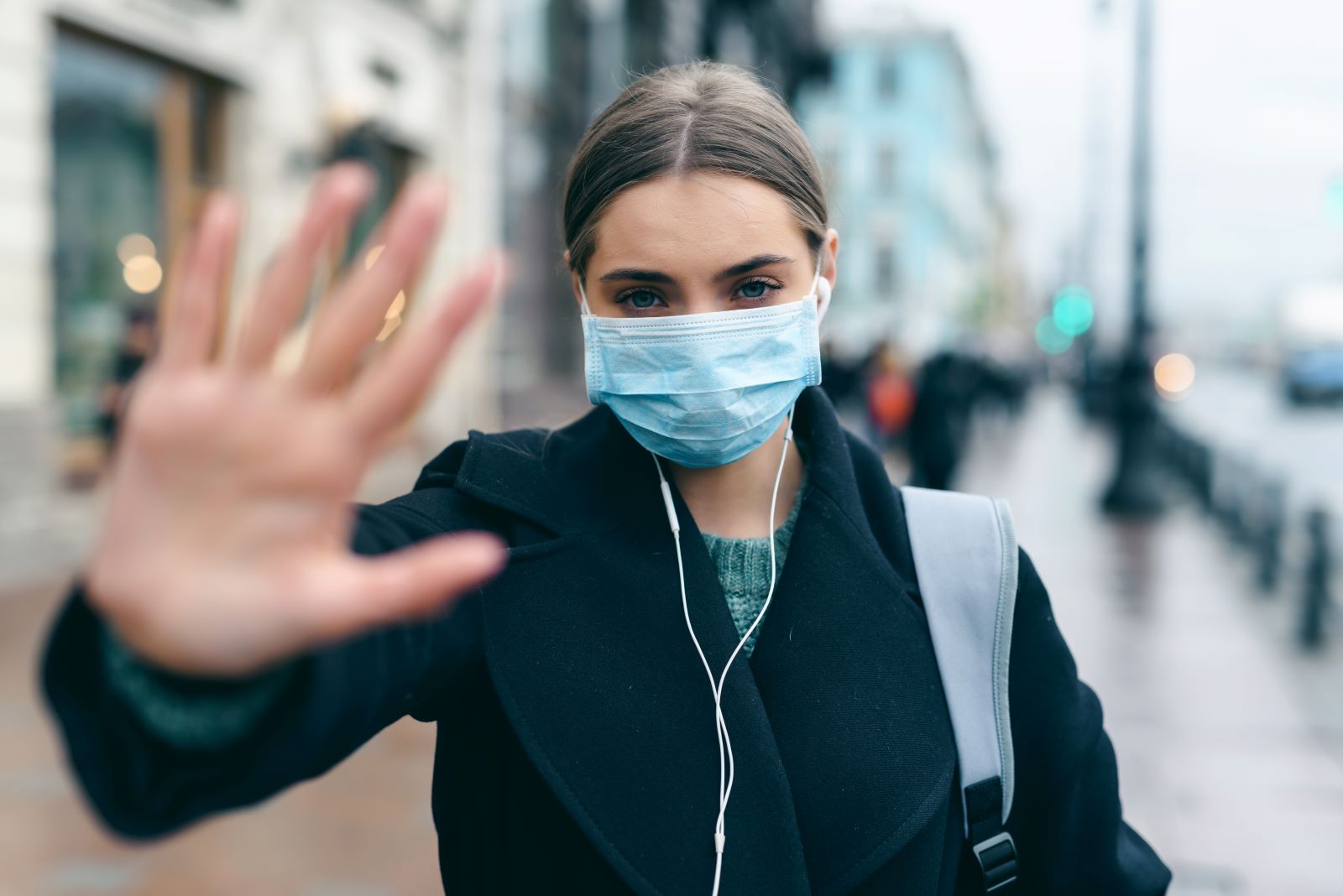
Image Credit: Shutterstock / ANRproduction
Don’t waste your time with a simple dust mask or bandana. An N95 respirator is your best bet against protecting you from the smoke if you HAVE to be outside.
Oil Dumping Scandal Rocks Ships Heading to New Orleans

Image Credit: Shutterstock / AERIAL-MOTION
Two shipping companies have been fined after knowingly hiding a large oil spill in the Atlantic Ocean. Oil Dumping Scandal Rocks Ships Heading to New Orleans
20 Eye-Opening Realities Facing Retiring Baby Boomers

Image Credit: Shutterstock / JACK FROG
As Baby Boomers approach retirement, the promise of leisure and security often seems unattainable. This generation faces unique challenges that could redefine retirement. Here’s a stark look at the realities shaping their outlook. 20 Eye-Opening Realities Facing Retiring Baby Boomers
Retail Apocalypse: Massive Closures Sweep Across U.S. Brands

Image Credit: Shutterstock / TADA IMAGES
Stores across the U.S. are closing at unprecedented levels, according to new research from advisory firm Coresight Research. Read on for more information about the impact this could have on you and your communities. Retail Apocalypse: Massive Closures Sweep Across U.S. Brands
Featured Image Credit: Shutterstock / Jack Quillin.


